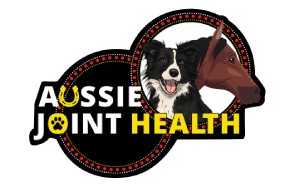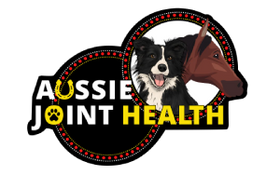Dogs with Luxating Patella
Luxating Patella
A painful but treatable condition.

How do you define a luxating patella?
In many dog breeds, patellar luxation is a common musculoskeletal disease. First, we must familiarize ourselves with the anatomy and biomechanics of the stifle (knee) joint before understanding what a luxating patella is.
Dogs have a highly moveable kneecap called the patella. The animal's kneecap slides up and down in the patellofemoral groove when it flexes or extends its knee.
A patella luxation results from the kneecap no longer sliding along this groove, so it becomes dislocated. Patellar luxation has increased in large dogs, though it is more common in small dogs.
There are several possible causes of Luxating Patellas in dogs.
- Poor nutrition
- Injury
- Genetics
Poor nutrition
Poor nutrition and obesity put dogs at risk of developing kneecap problems, which can contribute to increased pressure on the joint capsule and knee joint.
Injury
Accidents involving the patella, falling or being hit by a car, can cause trauma to the patella
Symptoms include
It is common for dogs to suffer from intermittent "skipping" lameness, in which one hindlimb lifts suddenly, and the dog will walk normally after shaking the limb or kicking it.
The following are other symptoms associated with luxating patella, but they can also occur with other orthopedic conditions.
- There is a limp that comes and goes
- The hind limbs are in a bowlegged stance
- The lower back is hunched
- A cracking or popping sound when bending the knee
To make a definitive diagnosis, your veterinarian will combine these symptoms with the results of their physical exam.
Treatments
Consult your dog's veterinarian about luxating patella treatment.
The following treatments might be discussed: surgery, a knee brace, pharmaceutical medication, a nutraceutical supplement (Canine Joint Plus), rehabilitation massage, and hydrotherapy.
In addition to prescribed treatments from your veterinarian, nutraceutical supplements (Canine Joint Plus) are excellent complementary products. Providing your dog with nutrients that will ensure proper collagen synthesis, antioxidant supply, and bone growth.
Tips that may assist in the recovery of Luxating Patella
- Providing your dog with nutrient-rich, mineral-rich food post-surgery will help improve his health.
- Be careful not to overdo it with exercise and activity. It is important for your dog to rest and recover, so keep walking to a minimum, and don't allow him to run or jump up onto anything.
- Consider physiotherapy and hydrotherapy. By exercising your dog in water, you will relieve its joints from pressure.

SHOP NOW🛒
DISCLAIMER
All information on the Aussie Joint Health website is for educational purposes only. There is no diagnosis or treatment intended for individual animals in the Aussie Joint Health content. You must address any questions or concerns you may have about your animal with your veterinarian. The information provided on Aussie Joint Health should not replace your relationship with your veterinarian. This blog post is intended to help you have a better conversation with your veterinarian about the appropriate treatments to use for your pet.
References:
Veterinarians.Org
Luxating Patella in Dogs: Painful but Treatable - Veterinarians.org
College of Veterinary Medicine
Patellar luxation | Cornell University College of Veterinary Medicine
Wikipedia The free Encyclopedia

